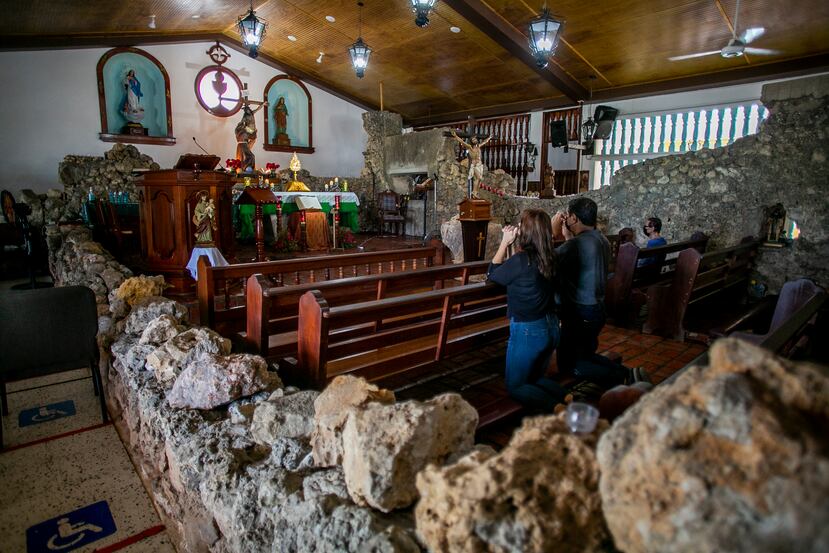
We are part of The Trust Project
Ermita de Espinar: A Church Within a Church
The structure keeps within its walls the history of this municipality’s foundation
Archival note
This content was published more than 1 year ago.
March 16, 2024 - 11:00 PM


Lee esta historia en español aquí.
Las noticias explicadas de forma sencilla y directa para entender lo más importante del día.

Te invitamos a descargar cualquiera de estos navegadores para ver nuestras noticias:
